Hannah E.Myers Longshore
First Woman 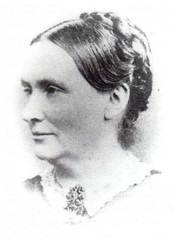 Faculty Member at an American Medical School
Faculty Member at an American Medical School
1819-1901
The whole Myers family shared in the chores on their farm near the Quaker colony of New Lisbon, Ohio. There was plenty of work to do on a farm in the early 1800s. Yet, every day, Hannah's parents, her four sisters, two step-sisters, and two brothers would gather for a family discussion. The topic might be religion or politics, the strategy for abolishing slavery, or an argument in favor of the rights of women. Hannah's family and most of her friends were Quakers, members of the Society of Friends, known for their humanitarian activities and their concern with education. Eventually, Hannah, some of her family members, and Quaker friends in Pennsylvania were involved in founding the world's first chartered medical school for women—the Woman's Medical College of Pennsylvania. Hannah was in the first graduating class. Even before being awarded her M.D., she was assisting in teaching, thus becoming the first woman faculty member at an American medical school.
Hannah E. Myers, born in Sandy Spring, Maryland, on May 30, 1819, was the first child of Samuel and Paulina Myers. Samuel, who taught at a Quaker school, had two daughters from a previous marriage. The family moved to Washington, D.C., and Hannah attended a Quaker school there. But many people in the District of Columbia were in favor of slavery, and Samuel and his family were very much opposed. To get away from this atmosphere, the Myerses moved to a farm in Ohio in 1833.
Education was important to Quaker families for boys and girls alike. Hannah attended school at the New Lisbon Academy, two miles (three kilometers) from the farm. She developed an interest in science and loved to observe and examine insects and small animals. When she still was quite young, she decided she would like to attend Oberlin College, a pioneering coeducational school, and then become a physician.
The Myers family was all in favor of Hannah's ambitions, but there were two major problems. The family had no money for college, and there were no medical schools that would admit women.
In 1841, Hannah married a teacher at the New Lisbon Academy, Thomas Ellwood Longshore. Thomas was a firm believer in the rights of women. Hannah still could not pursue her education, because she soon had two children to raise. As their family grew, so did Thomas's firm opposition to slavery. In fact, his antislavery views were considered so radical for that time that he lost his teaching job. Ironically, this personal misfortune would turn out to be very fortunate for Hannah and for the medical education of women.
With no means of support, in 1845 Thomas and Hannah packed up their belongings and their children and went back to his family in Bucks County, Pennsylvania, where Thomas found a teaching job at a local Quaker school. By this time, his brother, Joseph Skelton Longshore, had graduated from the University of Pennsylvania Medical School and was practicing as an eclectic physician. Eclectic physicians chose the best treatments from among the different competing approaches to medicine. At that time, treatment was merely guesswork, because the cause of disease was a complete mystery. "Regular" physicians favored bleeding or purging bad elements from the body, even though such harsh and ineffective treatment often made the patient worse, or even caused death. Therefore, many caring doctors looked for gentler methods of treatment.
Hannah told Joseph about her desire to become a physician, and he willingly agreed to have her study with him. Her sister-in-law, Anna Mary Longshore, also became apprenticed to Joseph. Becoming an apprentice was an accepted way of learning medicine until the later 1800s, when medical societies and associations were formed to raise the fairly low standards of medical education and practice.
Hannah and Mary read Joseph's books and observed him as he cared for patients. But Joseph knew that the women really needed to attend lectures and demonstrations at a medical school. In fact, some historians think that Hannah's enthusiasm and desire to learn medicine might have inspired Joseph to join with other Pennsylvania Quaker doctors and businessmen to establish the Female Medical College of Pennsylvania in 1850. Hannah Longshore enrolled in the first class and was one of the first eight graduates who received their M.D. degrees in December 1851.
Dr. Hannah Longshore began a private practice as Philadelphia's first woman doctor. Encouraged by such women's rights leaders as Lucretia Mott, Dr. Longshore gave lectures on female sexual matters that shocked the local conservatives. But the lectures brought her patients, some even referred by doctors who publicly condemned her candid presentations. Hannah Longshore also served as an instructor in anatomy at the Female Medical College for about four years.
Then disagreement over how medicine should be taught caused a split among the faculty of the Female Medical College. Dr. Joseph Longshore, Dr. Hannah Longshore, and several others left to start a new eclectic medical school, the Penn Medical University, with both a male and a female department. Hannah Longshore became an anatomy instructor at Penn Medical, and her youngest sister and her half-sister both earned medical degrees there.
Hannah Longshore practiced medicine for about forty years. She treated the needy free of charge, and her family helped to collect food and clothing for them. At its peak, her practice extended to some three hundred families. Her own family and household grew, populated by friends and in-laws. It was always a center of lively discussions and a haven for those involved in social reform.
Dr. Longshore retired in 1892 and died on October 18, 1901, at her home in Philadelphia.
More detailed information can be found in the "Extraordinary Women of Medicine" Darlene R.Stille, and issued by The Children's Press in the USA.
Information should be used just for educational purposes.
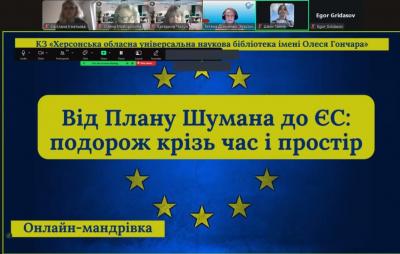
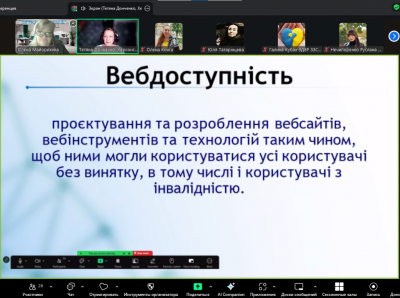
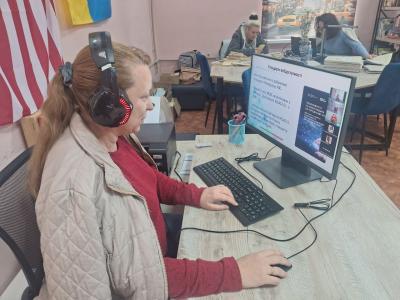
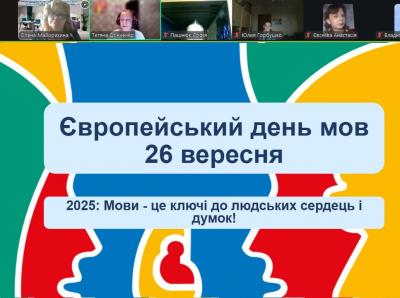
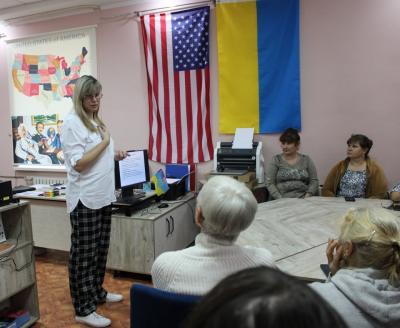
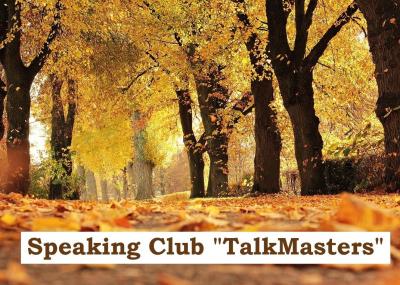

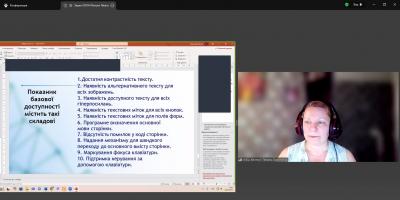
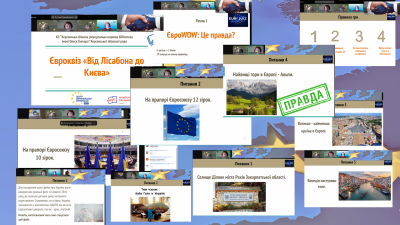
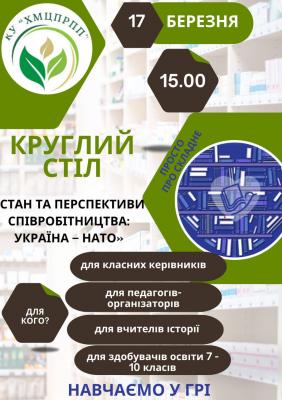

Comments